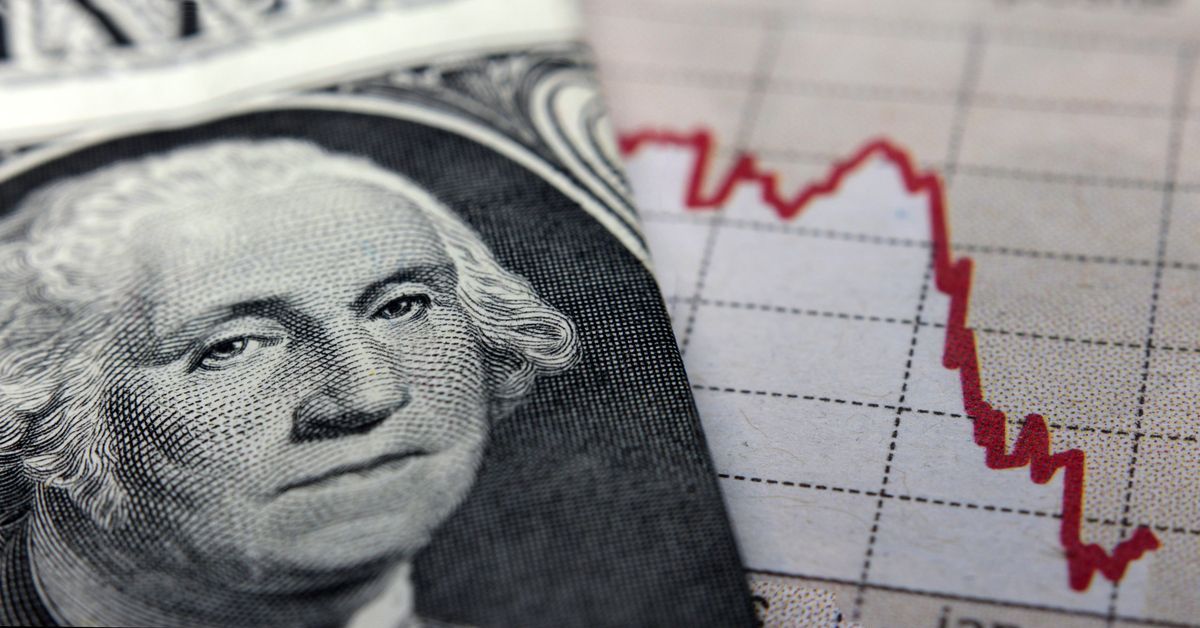Fed’s Goal to Cut Inflation to 2% Risks Recession
UC San Diego Rady School of Management study predicts interest rates could remain higher for longer than anticipated
Published Date
Story by:
Media contact:
Share This:
Article Content
While U.S. inflation has come down significantly from nearly 9% to 3% and unemployment continues to stay low, it will be challenging for the Federal Reserve to reduce inflation to its target of 2% without significantly raising the unemployment rate and possibly sinking the U.S. into a recession, according to a new working paper from the University of California of San Diego’s Rady School of Management.
The paper utilizes one of the largest data sets studied thus far to understand the relationship between unemployment and inflation characterized through the Phillips Curve—a theory that establishes high inflation as the result of low unemployment, which is the foundation for much of macroeconomics. The theory explains that high employment has a stimulating impact on inflation because tighter labor markets, which is what the U.S. currently has, are associated with higher wage pressure which, in turn, leads firms to raise their prices as their costs are higher.
In public statements, Fed chairman Jerome Powell has expressed validity of the Phillips Curve. Yet, prior empirical research suggests that there is no reliable and stable relationship between unemployment rates and inflation for the U.S. economy, as a whole. The long and variable lags at which interest rates affect the labor market also make the Fed’s job more difficult and uncertain.
However, the researchers’ comprehensive analysis of historical data covering U.S. cities, states, and industries, along with a large set of European countries, allowed them to establish a pattern in the Phillips Curve linking “hot” labor markets to high inflation. According to the authors, in the current U.S. economy, the labor market is behind about half of the rise in inflation. The other half can be attributed to special pandemic related supply factors.

“While there is optimism that the Fed’s efforts tackling inflation by raising interest rates can achieve a ‘soft landing,’ the historical analysis we have undertaken suggests that there is a steep trade-off between unemployment and inflation when the economy is running hot as it is now,” said Allan Timmermann, co-author of the working paper and distinguished professor of finance at the Rady School. “This means that further reductions in inflation will increasingly come up against tightness in the labor market. If the Fed wants to go the last mile and bring inflation to its 2% target, this is likely to come at the cost of increased unemployment and runs the risk of triggering a recession.”
The focus of the analysis in the paper is on understanding how the Phillips Curve has changed over time and identifying possible drivers of such change. The researchers find that the traditional Phillips Curve has flattened significantly over time due to events like the integration of China in the world trade system in 2000, which helped keep prices low and increased global productivity.
“In ‘normal times’ there is essentially no trade-off between unemployment and inflation,” said Timmermann. “However, we also find a strikingly strong trade-off between unemployment and inflation when the labor market - as it is now - is running really hot with lower-than-normal unemployment.”
Wages continue to rise at close to 5%, making it difficult to bring overall inflation to 2%
Timmermann and co-authors Jonathan H. Wright of Johns Hopkins University and Simon Smith of the Board of Governors of the Federal Reserve System say that large portions of prior data linking labor markets and inflation are uninformative when looking at the U.S. economy as a whole because inflation was so low for many decades with spells of inflation as high as it is now mostly limited to the 1970s.
To squeeze more information out of the data, the researchers looked at variation in unemployment and prices across major metropolitan areas, states and industries within the U.S. as well as across 28 different countries in the European Union during different time periods.
Using a panel regression—a statistical method that allows researchers to analyze pooled-cross sections of data, such as employment and price levels in different cities and across different times—Timmermann and co-authors found patterns that help explain the various factors impacting today’s economy.
“The strong trade-off between inflation and unemployment in hot labor markets like the current one suggests that inflation could be higher for longer unless the Fed’s past and future actions (interest rate rises) manage to cool down the labor market quite significantly,” Timmermann said. “In other words: so far the Fed has managed a ‘soft landing’ with significant declines in inflation over the last year or so without increasing unemployment. But bringing down the current inflation rate from 3% to the target of 2% without risking a much weaker labor market with higher unemployment could prove far more difficult.”
Timmermann sees no immediate signs of a recession, but it is something that could occur in the next year or so if the Fed sticks to its commitment of reducing inflation to 2%.
In that case, consumers can expect interest rates to be higher for longer, which would make mortgage rates higher and house prices lower and impact firms that have to raise capital by issuing bonds carrying higher interest payments. This will leave them with less money to retain and hire new workers.
To read the full paper “Breaks in the Phillips Curve: Evidence from Panel Data,” go to this link.
Share This:
You May Also Like
Stay in the Know
Keep up with all the latest from UC San Diego. Subscribe to the newsletter today.




